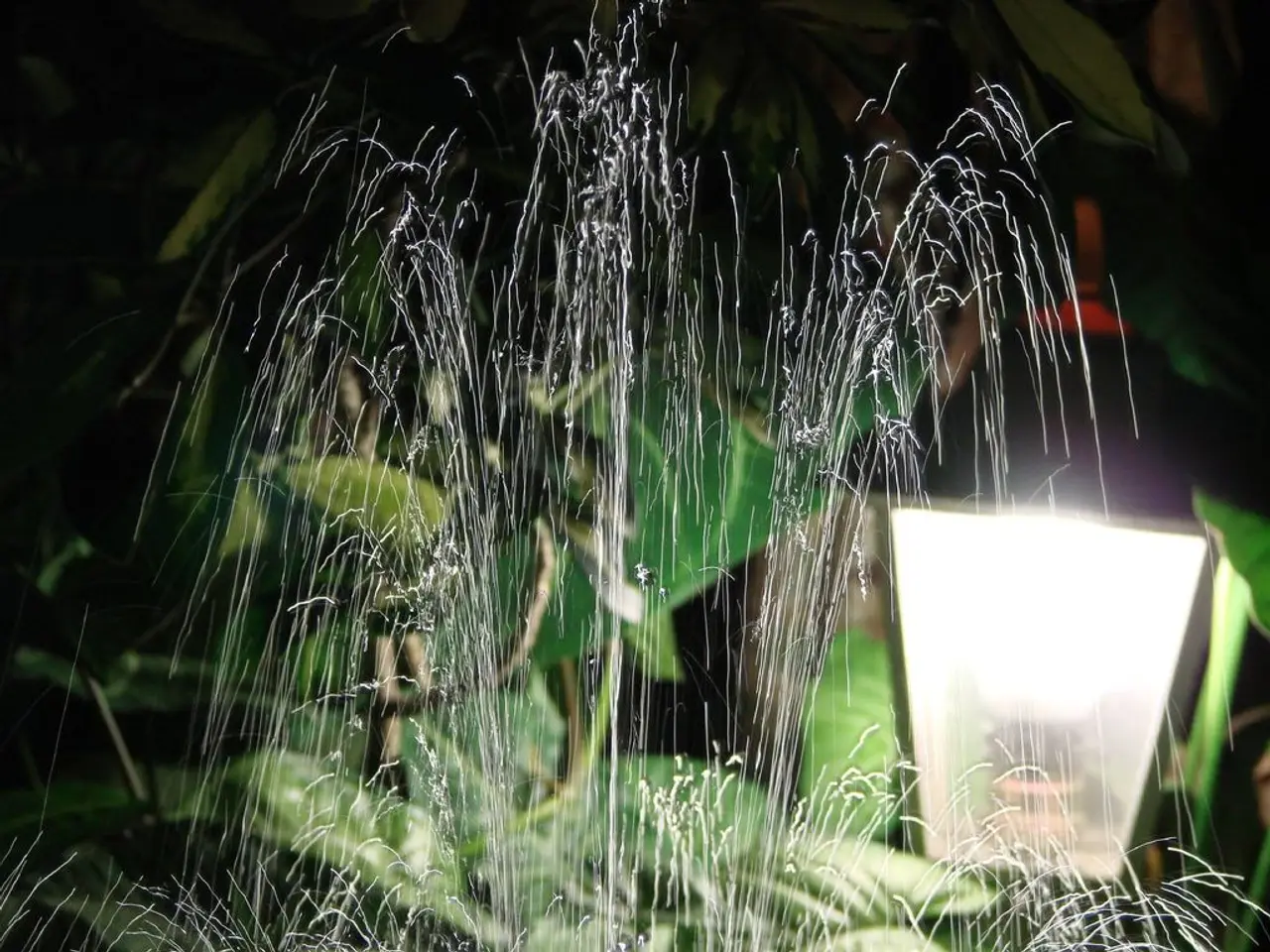LEED Water Efficiency: Applying Gallons Per Minute (GPM) and Liters Per Minute (LPM) for Flow Fixtures in the Role of a LEED Green Associate
In the pursuit of sustainable living, the Leadership in Energy and Environmental Design (LEED) certification plays a significant role. One key area where LEED encourages improvements is water efficiency.
By reducing the flow rates of flow fixtures, such as faucets and showerheads, water conservation can be achieved. In fact, installing low-flow fixtures can earn LEED points, making it an effective strategy for those aiming to attain LEED certification.
Flow fixtures, as the name suggests, are plumbing fixtures where water flows continuously while in use. The water usage of these fixtures is typically measured in gallons per minute (GPM) or liters per minute (LPM) in the context of LEED.
Toilets and urinals, on the other hand, are measured by the amount of water used per flush, not by the minute.
An interesting water conservation strategy not measured by flow rates is the use of captured rainwater. Meanwhile, stormwater runoff is measured in volume over time, not in GPM or LPM.
In terms of specific flow rates, using low-flow faucets and showerheads with a maximum flow rate of 2.5 GPM at 80 psi can help achieve water efficiency in LEED. This rate can also be expressed in liters per minute (l/min), depending on the regional standard used. A common specification for efficient showerheads is a maximum flow rate of 1.75 gal/min (6.6 l/min).
Preparing for the USGBC LEED Green Associate exam can be made easier with the free USGBC LEED Green Associate certification exam practice question and answer (Q&A) dump. Passing the exam and earning the USGBC LEED Green Associate certification is a valuable step towards a more sustainable future.
Read also:
- Parliamentary Meetings in the Federal Diet of Germany this Week
- Wheat in current times contains lower levels of essential nutrients
- Hospital in Taos faces imminent closure due to looming federal budget reductions
- Intentional Arson and Countermeasures: Understanding the deliberate lighting of fires by experts and the advantages for certain forests and wildfires




